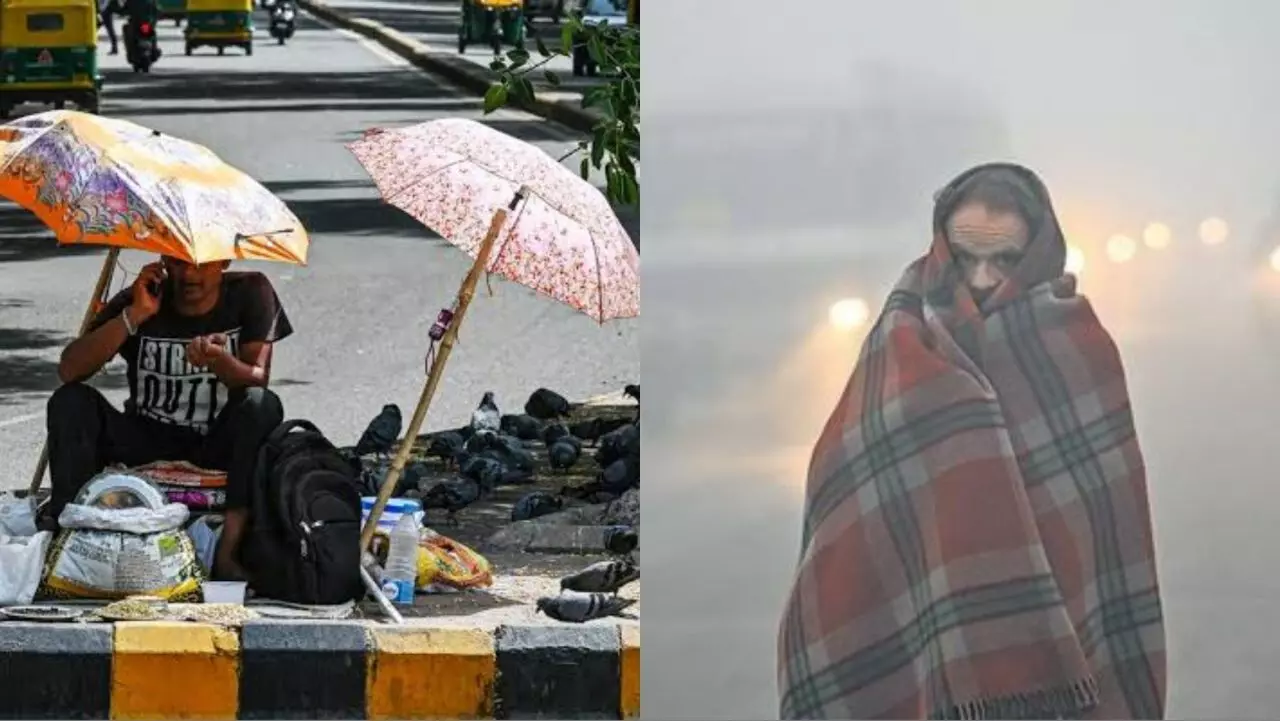Why are heatwaves increasing and cold waves decreasing in India
Heat waves are more common over arid and semi-arid climatic regions while cold waves are less so common over the same region
By Newsmeter Network
Hyderabad: A new study has revealed that heatwaves are increasing, while cold waves are decreasing in India every year.
This study was led by Aninda Bhattacharya, Dr. Abin Thomas, and Dr. Vijay Kanawade from the Centre of Earth, Ocean and Atmospheric Sciences, School of Physics at the University of Hyderabad, in collaboration with Prof. Chandan Sarangi from IIT Madras, Dr. P. S. Roy from World Resources Institute (WRI) and Dr. Vijay K. Soni from India Meteorological Department, Ministry of Earth Sciences, New Delhi.
It has been published in `The Journal of Earth System Science’.
Researchers used daily maximum temperature and minimum temperature data from 1970 to 2019 to investigate the trend in the frequency of occurrence of days with anomalously high temperatures (referred to as heat waves) and days with anomalously low temperatures (referred to as cold waves) over different climatic regions of India.
India has broadly four major climatic zones
1. Montane (climate is harsher, with lower temperatures in mountainous regions).
2. Subtropical humid climate.
3. Arid and semi-arid climate.
4. Dry and wet tropical climate.
Bhattacharya found that days with anomalously higher temperatures are increasing during summer every year while the days with anomalously lower temperatures are decreasing during winter every year. The occurrence of anomalously higher temperatures for consecutive three days or more is referred to as a heat wave event.
The authors found that heat wave events are increasing at the rate of 0.6 events per decade. The occurrence of anomalously lower temperatures for consecutive three days or more is referred to as a cold wave event. The authors found that cold wave events are decreasing at the rate of 0.4 events per decade.
Researchers point out opposite trends in heat waves and cold waves. For instance, heat waves are more common over arid and semi-arid climatic regions while cold waves are less so common over the same region.
The authors also compared the current-generation computer models used to predict future climate with India Meteorological Department observations. Authors found that models fail to capture observed spatial features in the trend in the frequency of occurrence of heat waves and cold waves in toto over India. This underlines the need for a better process-level understanding of the factors governing these extreme events and their representations in the models over the Indian region.
It may be noted that climate change has worsened the frequency, intensity, and impacts of some of the weather events such as heat waves and cold waves. Heat waves and cold waves have severe adverse impacts on agriculture, human health, and industrial production. Heat waves have become more common in summer in the recent decade while cold waves have less so common in winter in the recent decade in India.